-
Your shopping cart is empty!
MENU

In this post, we will teach you what are bed bugs, how to get rid of them, and preventive actions you may take to avoid future problems again. This is a real and big problem across all types of facilities in Canada and US, whether it is a shelter, hotel, or university dorm, therefore, it has to be handled carefully.
Bedbugs are a small type of insect, oval and brownish that feed on the blood of animals or humans usually during the night. They don’t have wings and can’t fly or jump, but their narrow body shape and ability to live for months without feeding make them hard to eliminate.
Bedbugs can easily hide in the seams and folds of mattresses, box springs, and also in wood furniture. Other places where they can also take shelter are on luggage, bags, and clothes.
Although they are not known to transmit disease or pose any serious medical risk, their bites can result in skin rashes and areas of redness.
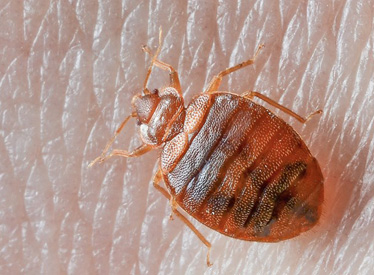

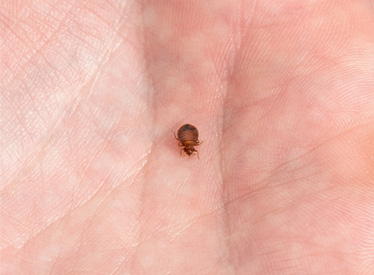
Bed bugs are hitchhiking bugs. They can hitch a ride anywhere and at any time. They usually come to your facility from other infested areas carried in various ways (luggage, clothes, boxes, shoes, etc).
Although bed bugs can be found in the most diverse places, the places with a high amount of human traffic, like hotels, motels, and shelters, are the most affected.
A bed bug's life begins with an egg, about one millimeter long and almost impossible to see on most surfaces. Female bed bugs lay between one and five eggs each day and may lie up to 500 eggs within one lifetime. Within two weeks, the eggs hatch, and immature bed bugs begin immediately to feed.
The young bed bugs (also called nymphs) pass through five molts before reaching maturity. They are shaped like adults, but smaller and lighter in color.

It takes about five weeks for a nymph to become an adult. At this point, they are able to breed. The lifespan of a bed bug is generally about four to six months. Adult bed bugs have flat bodies and can be as long as 10 mm after feeding. Many people compare their size to an apple seed. After feeding their bodies swell and are a reddish color.
Bed bug bites can occur anywhere on the body where there is skin exposed. Typically, the more affected areas are:
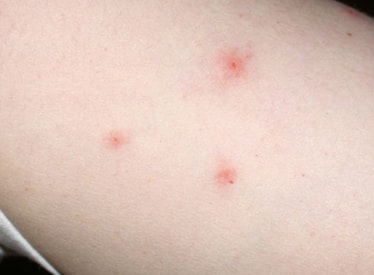
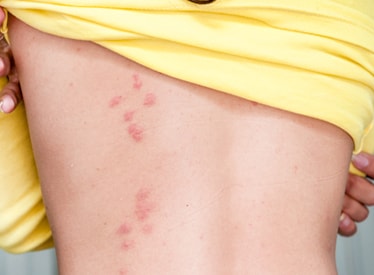
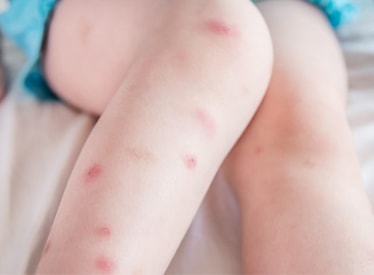
The most common symptoms of bed bug bites are itchiness and some minor inflammation surrounding the affected area. The bites result in red lumps, similar to those caused by mosquito bites. Many people do not even feel the bite itself or develop other symptoms. But some people are considered allergic or hypersensitive and could develop more serious symptoms.
As mentioned before, bed bugs typically feed during the nighttime. The frequency of their feeding varies and depends upon factors like host availability, population size, and temperature conditions.
Bed bugs eat far more than we do in terms of volume of food compared to body size as their body expands when they feed. On average, bed bugs feed every three or four days. This gap could fall every two days in warmer temperatures.

If you suspect a possible bed bug infestation, knowing what to look for is the first step to controlling the situation. There are many bugs similar to bed bugs, so accurate identification is critical to act and treat quickly.
Bed bugs can hide anywhere and that is why identifying them is so hard. Hiding places can include mattress seams, behind pictures, box springs, curtains, the bottom of headboards (close to where the mattress is), and wood furniture among others.
An effective way to identify them is by looking for physical bug signs. Bed bugs usually live close to their feeding area, so look for small rusty or reddish stains on sheets and pillowcases. Also inspect the piping, seams, tags, and all folds of the mattress and box spring for live bugs and eggs.

When the infestation is identified, the first step is to isolate the area to avoid the spread to other areas.
Cleaning the areas where bed bugs were found comes next. Here are some suggestions:
In case of severe infestations, you may want to get rid of the mattress and/or furniture and acquire new ones. Hiring a bed bug extermination company to apply chemical treatments is another option. Check your mattress and bedding to see what types of products can be used in this case.
Omland Hospitality offers a wide array of options to fight the bed bugs issue. Some of our most popular products are:
Bed bug killer sprays: it eliminates bed bugs and other crawling/flying insects. Aerosol application with an extension tube. Features: water-based, fragrance-free, and does not stain cloth or painted surfaces.
Bed bug proof and waterproof mattress encasement: it keeps the bed bugs from entering into contact with the mattress or escaping from it. It features the Ultra-Fresh antimicrobial treatment that inhibits the growth of bacteria and fungi responsible for creating unpleasant smells and staining in textile and plastic products. Available in twin, double, queen, and king sizes.
Ez Care Pillow: The bed bug, water, and fireproof Ez Care Pillow is the perfect fit for health care and institutional use. Other features are 100% hypo-allergenic, self-deodorizing, and breathable.
And for further piece of mind, Omland Hospitality has a line of bed bug-proof mattresses and metal furniture available. Find different options and sizes of mattresses, as well as different styles of platform beds, bunk beds, and cabinets.
Contact us for more information!